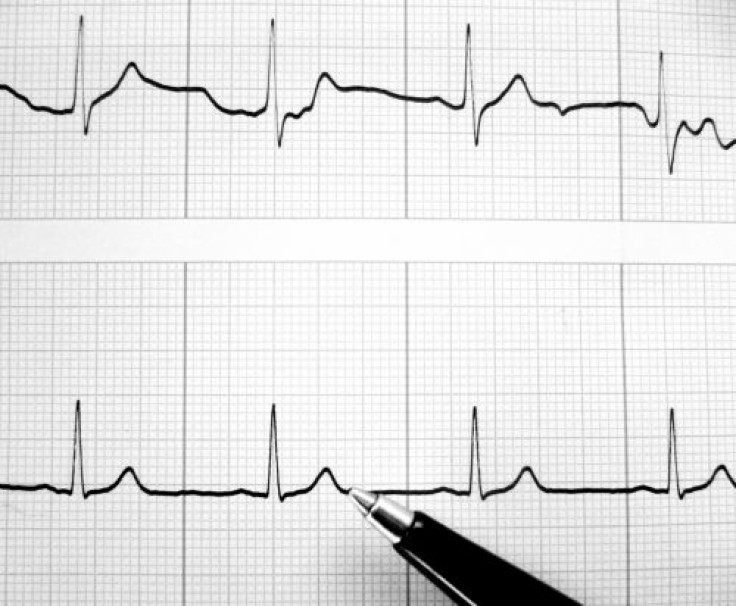Heart Disease Risk Rises Faster in Younger Men than Women

The heart disease mortality curve for men under the age of 45 increases by 30 percent a year, only to slow after that age to roughly 5 percent a year, a new study from Johns Hopkins University School of Medicine found.
That rate of increase is similar to the rate of mortality in lifetime for women. Prior to age 45, the heart disease mortality curve for women increases at 8 percent per year.
The data suggest that something biological may be happening to younger men that is harming their heart," said Researcher Dhananjay Vaidya, Ph.D., an assistant professor of medicine, and the study’s leader.
Scientists should be looking at what is happening biologically to men over time, Vaidya said.
The concept of shrinking telomere length in aging cells has been suggested. Telomeres are found at the end of each chromosome in cells. The telomere acts as shield that protects important genes from assault. Each time a cell is copied, the telomere shrinks, getting shorter until it is gone and the cell dies.
Previous studies have shown that telomere lengths are similar in male and female babies, but become significantly shorter in young adult men in comparison to young adult women, which could account for the finding that men have increased risk of cardiovascular mortality at younger ages.
At later ages, telomeres shorten at similar rates in men and women, which could account for similar increases in heart disease mortality rate at older ages.
The researchers also found positive results in that each successive birth cohort had lower total and heart disease mortality.



























